The Russian city of Kaliningrad is 15,1000 square kilometers and has about 1 million people living in the region. While it is a part of Russia and has been for decades, Kaliningrad Oblast is not directly connected to Russia, but rather, the area is over 300 kilometers away. Yet, this territory has been of strategic importance to Russia for quite some time (since the Cold War) and, as shall be pointed out here, is now arguably even more valuable to the country today, particularly concerning pressure on European states.
Kaliningrad Oblast continues to be a part of Russia due to the history of Russia acquiring the territory, and its geopolitical interests in Kaliningrad, particularly regarding its location in Europe and the Baltic Sea.
Historically, Kaliningrad Oblast belonged to Germany for seven centuries. During this time, the area did not go by the name of Kaliningrad but Königsberg. However, in the 1920 and 1930s, Königsberg was removed from Germany after the creation of what was called the “Polish Corridor” during this time (an area that included the city of Danzig) that the League of Nations labeled a “free city.” This allowed Poland the ability to have economic benefits in the area.
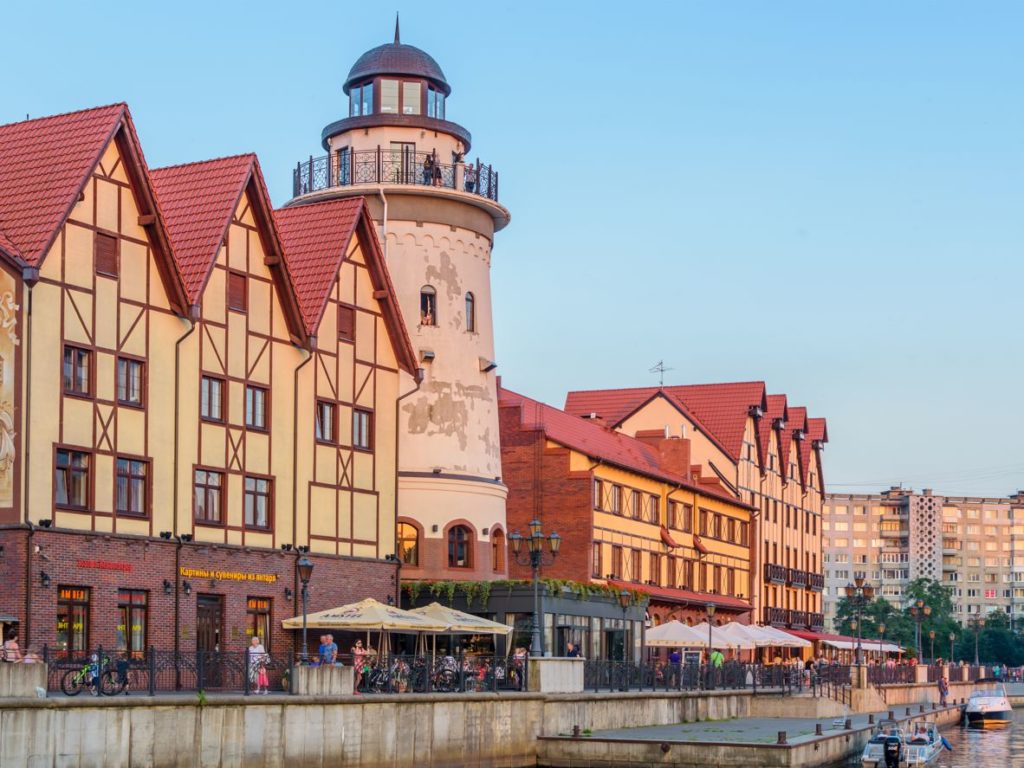
However, during World War II, the Soviet Union took over this area. Following Joseph Stalin’s invasion of Poland in 1939. In the following years. Stalin called on both the United States and Britain to clarify their plans for Königsberg after the war.
Stalin made his position on Kaliningrad clear in 1943, at a meeting in Tehran, in which he spoke about the area’s importance to the Soviet Union. He made the argument that Kaliningrad could be used as a port for them, and in turn, this could further weaken Germany. This argument seems to be supported by United States President Truman. He accepted the idea of allowing the Soviet Union to control Kaliningrad.
The Russian control of Kaliningrad was formalized two years later during the Postdam Conference. The following year, the USSR began the “Sovietization” of the entire region. They destroyed old buildings and landmarks and introduced Russian naming and new construction to the area. In addition, the Soviet Union used Kaliningrad as a military installation throughout the Cold War.
Following the end of the Cold War, some floated the question of what should be done with Kaliningrad. However, the Kaliningrad Oblast region was critical to Russia, and it was evident that the state was not going to allow the area to become independent or to break away into another neighboring state.

Furthermore, the countries nearby did not make a direct claim for the area, given the potential consequences they could face from Russia. In addition, while the people in the area historically identified themselves as German and Polish, more recent polling suggested that the majority in the country saw themselves as ethnic Russian, which is still the case.
Today, Kaliningrad Oblast is essential to Russia. While the region’s economic value is small, Russia can further use the area to establish its presence on the Baltic Sea, moving even closer to Europe and other NATO member states. However, Russian leaders have been concerned about the expansion of NATO into the former Soviet States or increased ties between NATO and Ukraine.
Thus, Russia has spoken about the importance of Kaliningrad militarily. Putin has even recently ordered that missiles able to hold nuclear warheads be moved into Kaliningrad, which has led to significant concerns by NATO and other states.
After the Cold War, there were conversations about what would happen to Kaliningrad Oblast. Would it continue to remain within Russia? Would it be an autonomous area? Would it call for independence? Would another neighboring country try to lay claim to Kaliningrad Oblast?
Despite these questions, it became apparent quickly that Kaliningrad was a very salient issue for Russia; if any country thought of annexing the land, they did not do so since they understood the response that Russia would carry out if this happened.
Plus, no disputes over the border might suggest a renegotiation of claims for the territory. Plus, in terms of the population, the vast majority did not identify as German, Polish, or Lithuanian, but rather, following the end of the Cold War, the vast majority of the country (at 94 percent) saw themselves as either Russian, as Belorussian, or as Ukrainians.
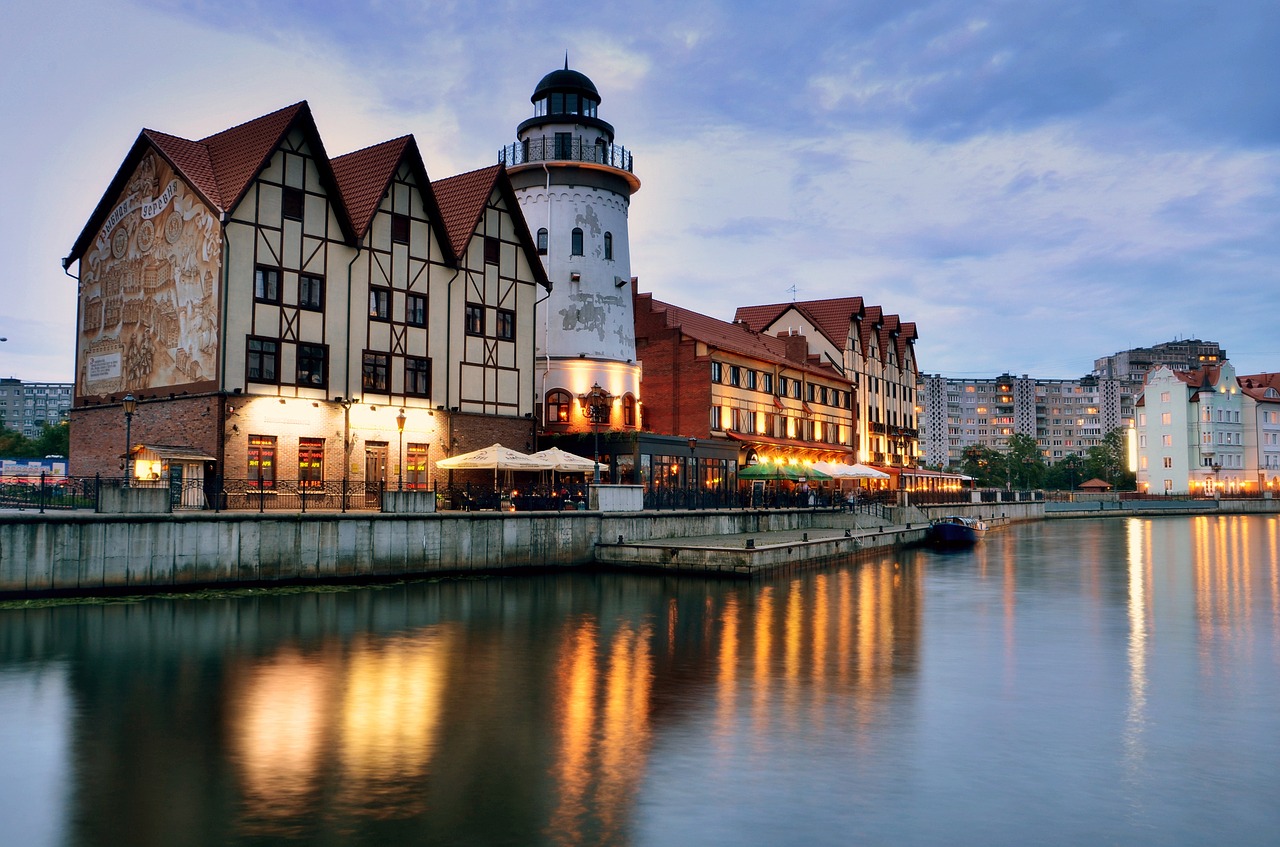

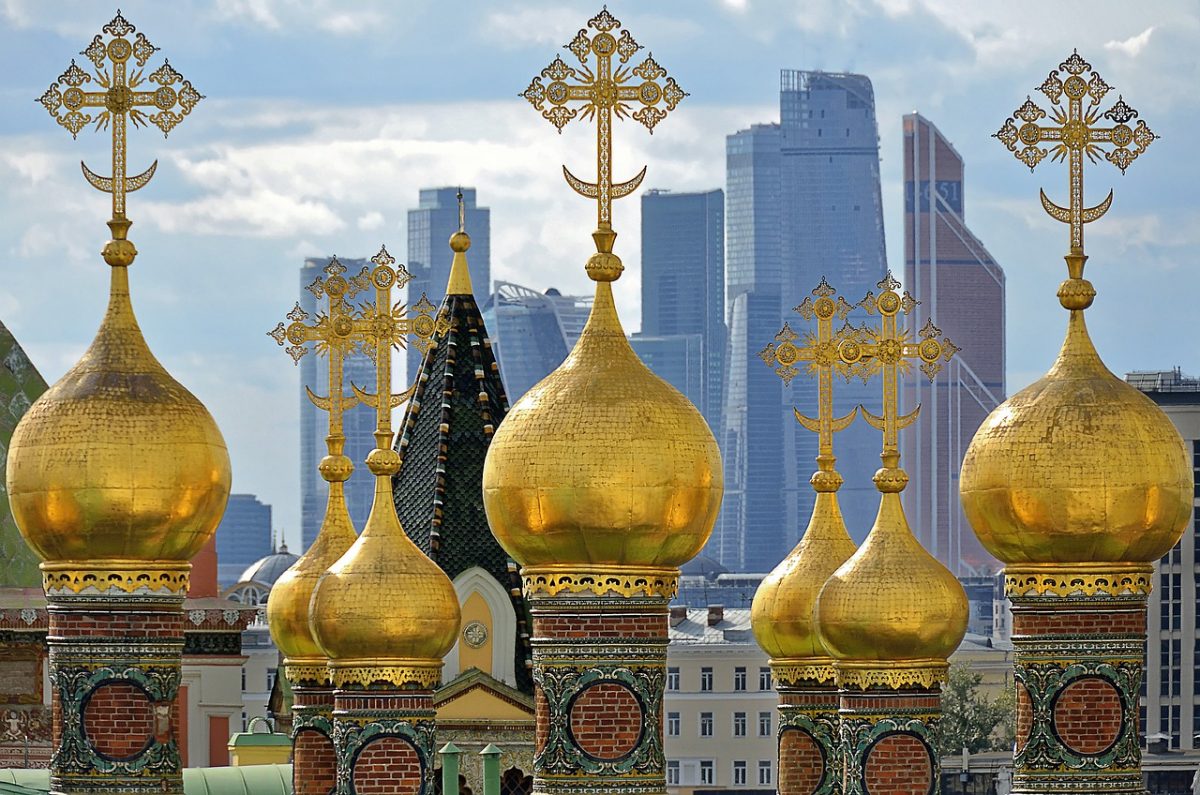

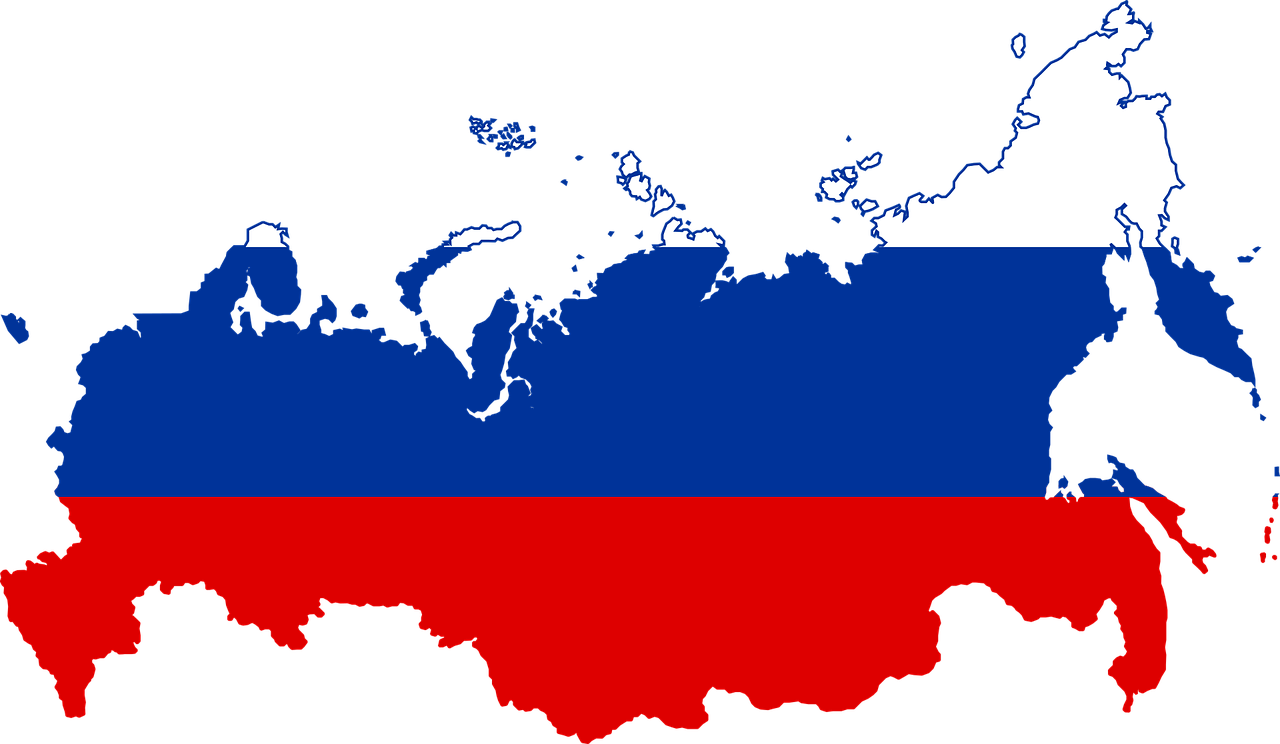
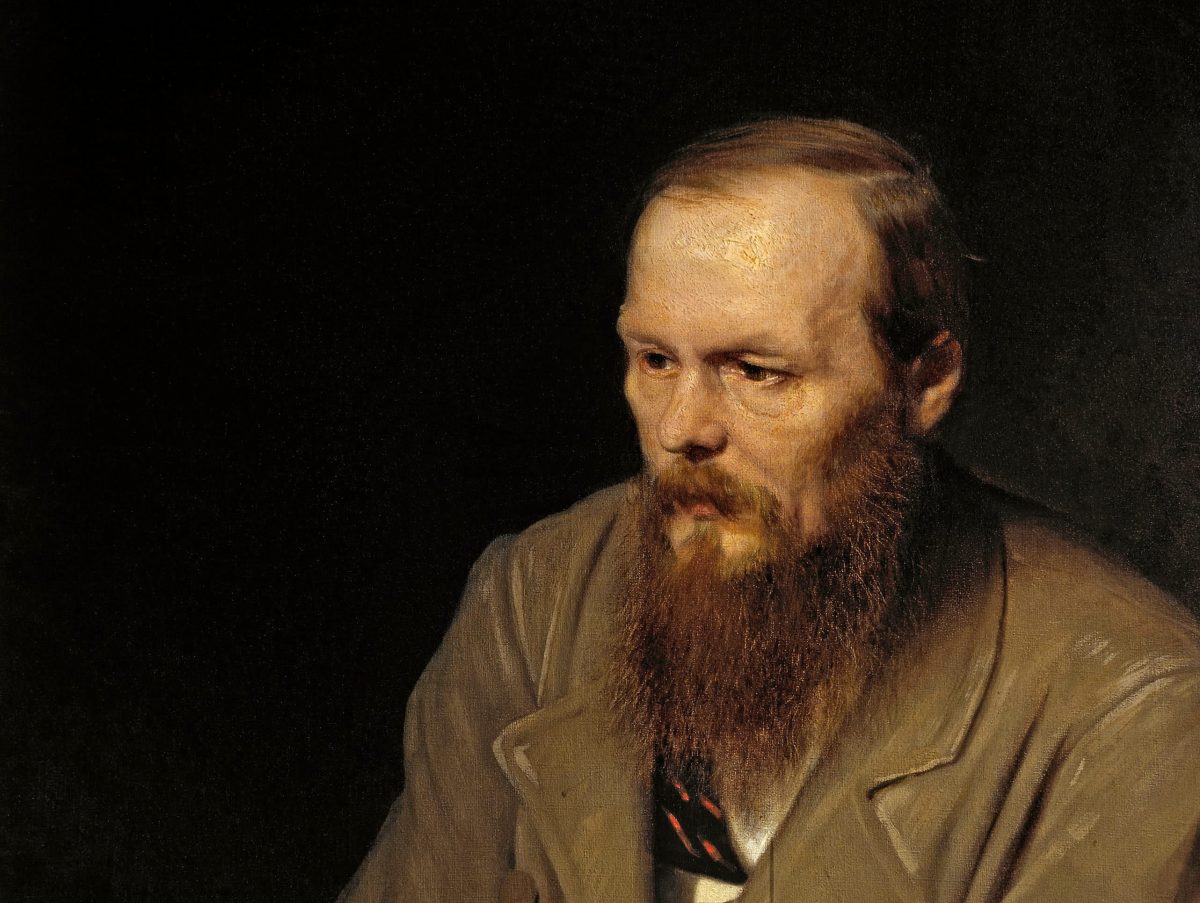

My mother, and most of her family were born in Lithuania, Poland. She was the 13th child.
After 1953 her passport stated that she was born in Russia.
She never spoke Russian. Her education as what was allowed for women allowed her to learn how to read and write.